15 Obsolete Teen Hobbies From The Past That Were Surprisingly Skill-Building
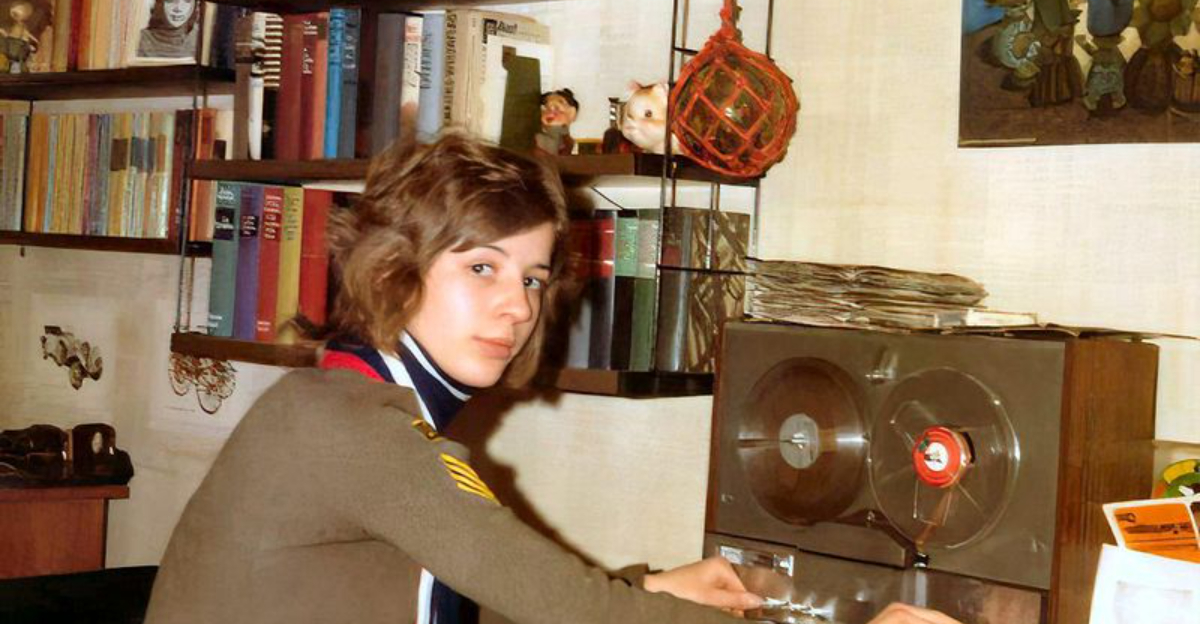
Remember when kids actually used their hands for more than just scrolling and texting? I sure do! Growing up in the glorious chaos of the ’80s, we were the original DIY generation.
My friends and I were constantly building forts out of couch cushions, crafting booby traps with string and duct tape, or starting epic bottle cap collections like our lives depended on it. We didn’t have smartphones—we had imaginations, skinned knees, and an unhealthy amount of Kool-Aid.
Every backyard was a construction site, every stick was a lightsaber, and every cardboard box had spaceship potential. These “simple” hobbies weren’t just entertainment—they were stealth training in creativity, problem-solving, and the fine art of not whining.
Today’s teens may have TikTok tutorials, but we had trial, error, and the occasional tetanus shot. Let’s take a trip back to the hands-on glory days when fun came with dirt, duct tape, and actual life skills.
1. Cassette Mixtape Creation
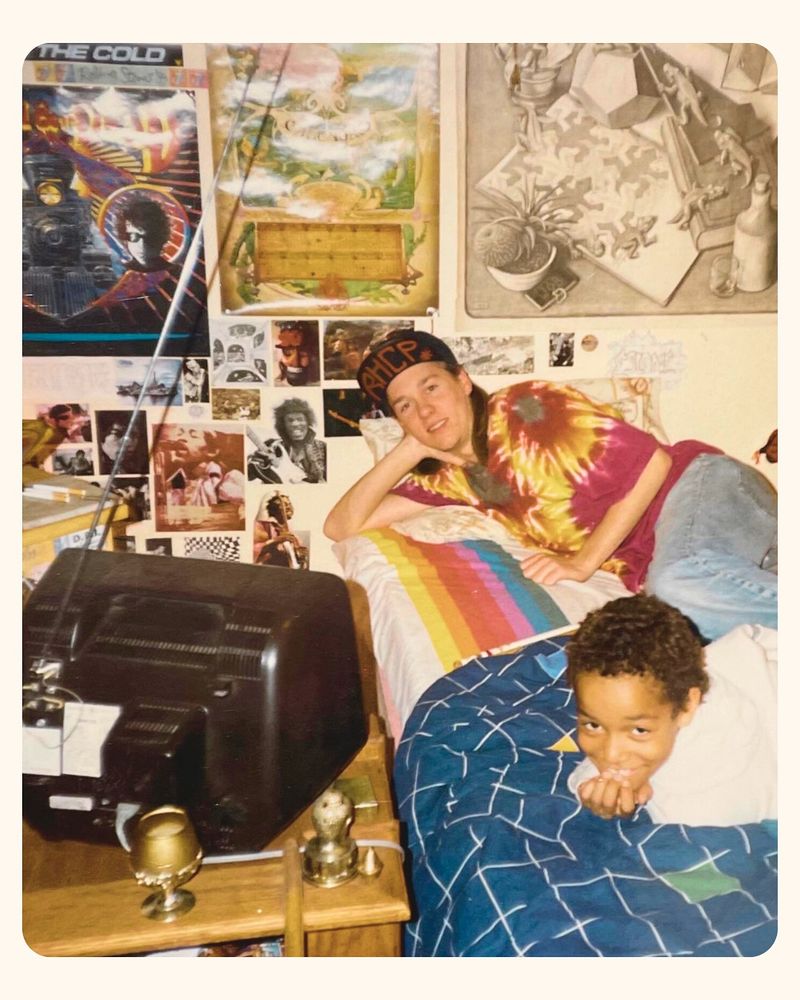
Finger hovering over the record button, I’d wait breathlessly for the DJ to stop talking so I could capture that perfect song. Creating mixtapes wasn’t just about music—it was an art form requiring technical precision, patience, and creative sequencing.
Teens would spend hours planning the perfect song order, timing transitions precisely, and designing personalized labels and cover art. This hobby demanded attention to detail as we learned to start and stop recording at exactly the right moment, often sitting for hours beside the radio waiting for our favorite tracks.
Beyond technical skills, mixtape creation taught emotional intelligence as we curated songs that expressed feelings we couldn’t put into words ourselves. Many professional DJs, music producers, and sound engineers trace their earliest audio editing experiences back to those beloved cassette decks.
2. Darkroom Photography

The first time I watched an image materialize in developer fluid, it felt like pure magic! Before digital cameras, photography required genuine chemistry knowledge and a specialized workspace—the darkroom.
Teens who took up film photography learned a complex process: loading film in complete darkness, understanding exposure times, and mastering chemical development. The darkroom itself demanded precision timing, temperature control, and careful handling of negatives and photographic paper.
What looked like simple picture-taking actually taught scientific principles, artistic composition, and problem-solving skills. Many darkroom enthusiasts developed incredible patience, waiting hours to see if their shots turned out as planned.
3. CB Radio Chatting
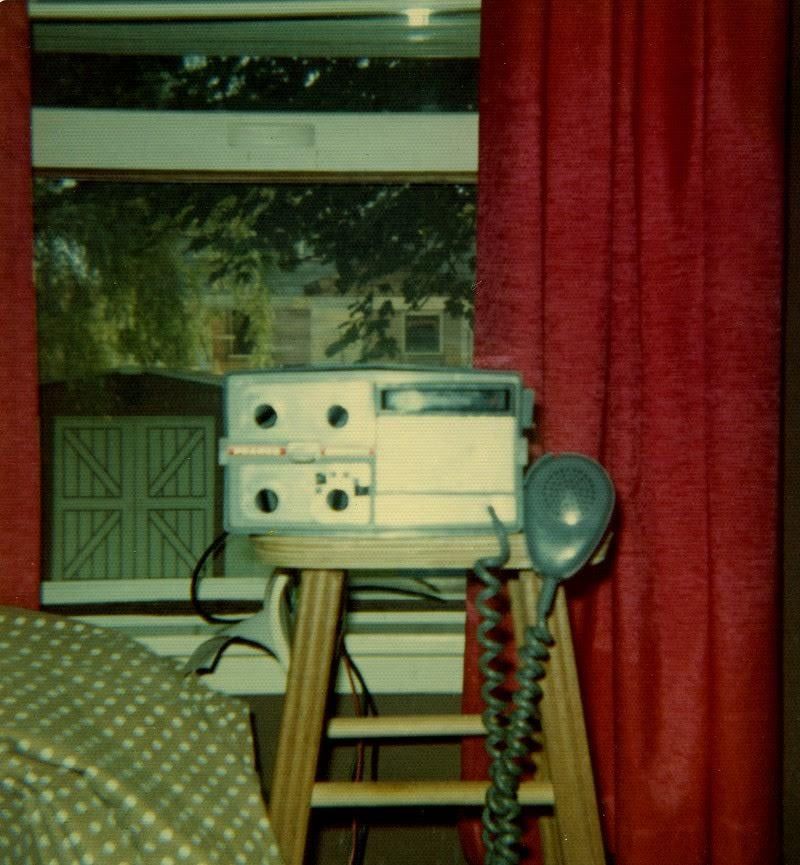
“Breaker 1-9, this is Road Runner, anybody got their ears on?” I still remember my handle and the thrill of connecting with truckers and fellow CB enthusiasts across town. Before texting, teens communicated through these crackling radio waves, developing their own colorful slang and protocols.
CB radio culture taught kids to communicate efficiently using proper radio etiquette and timing. Users learned technical skills by installing and maintaining their equipment, often modifying antennas for better reception or troubleshooting interference issues.
The social aspect was equally valuable, as teens practiced conversational skills with diverse people they’d never meet in person. This hobby fostered community awareness as users shared traffic updates, weather warnings, and local news.
4. Model Rocketry
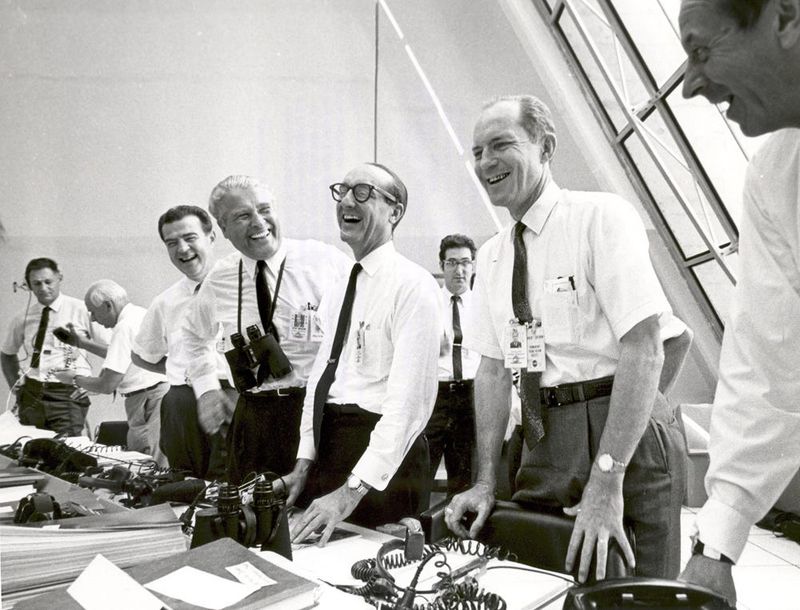
The countdown still echoes in my memory: “3…2…1…LAUNCH!” Nothing beat the rush of watching your hand-built rocket soar hundreds of feet into the sky. During the space race era, countless teens assembled intricate model rockets, unknowingly absorbing physics and engineering principles.
Building these miniature missiles required following detailed instructions, precise gluing and assembly, and understanding aerodynamic concepts. Young rocketeers learned about center of gravity, thrust-to-weight ratios, and recovery system design through hands-on experimentation.
The hobby taught scientific method fundamentals as teens hypothesized about design changes, tested modifications, and analyzed flight performance.
5. Pinball Mastery
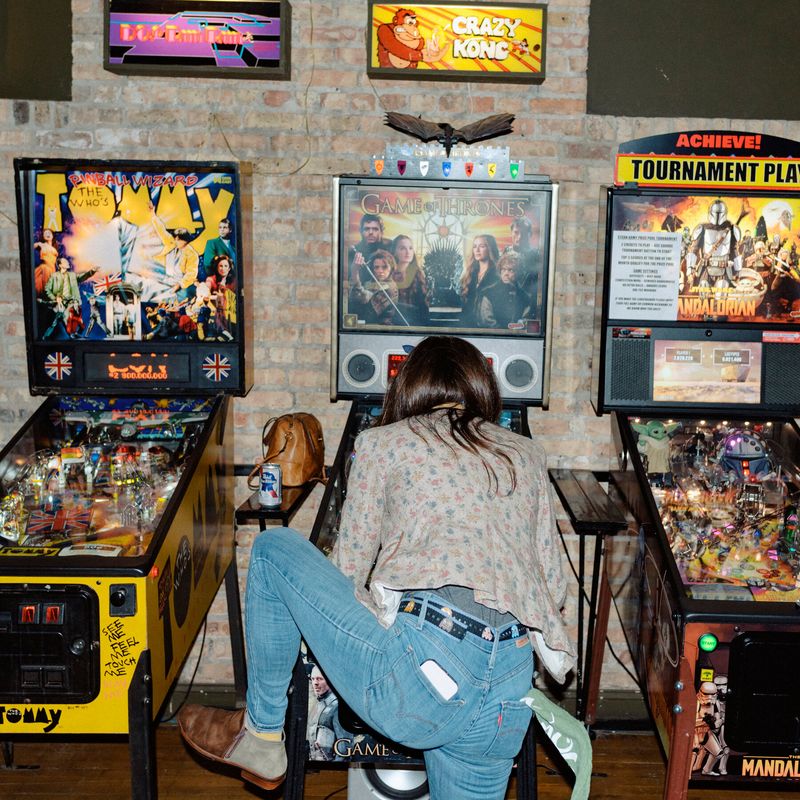
TILT! That dreaded warning light would flash just when I was about to beat my high score. Arcade pinball wasn’t just a game—it was a full-body coordination challenge that taught reflexes, timing, and physics to generations of teens.
Mastering pinball required understanding the unique mechanics of each machine, learning the perfect amount of force to use without triggering the tilt sensors. Players developed remarkable hand-eye coordination, spatial awareness, and the ability to track multiple moving objects simultaneously.
Beyond the physical skills, pinball wizards learned resource management as they made split-second decisions about which targets to prioritize with limited ball time. The machines themselves were marvels of electrical and mechanical engineering, sparking curiosity about how things work.
6. Ham Radio Operating

My uncle’s attic was a wonderland of dials, switches, and static-filled conversations from places I’d never visit. Kids who mastered ham radio weren’t just talking to strangers—they were learning electronics, geography, and international etiquette all at once.
Setting up these complex systems required understanding circuit boards, antennas, and radio wave propagation. Young operators developed troubleshooting skills and patience while waiting for the perfect atmospheric conditions to catch signals from distant countries.
The coolest part? These teens could communicate during emergencies when normal systems failed. Many ham radio enthusiasts went on to careers in electrical engineering or telecommunications, proving that twisting knobs in your bedroom could lead to serious life skills.
7. Shortwave Radio Listening
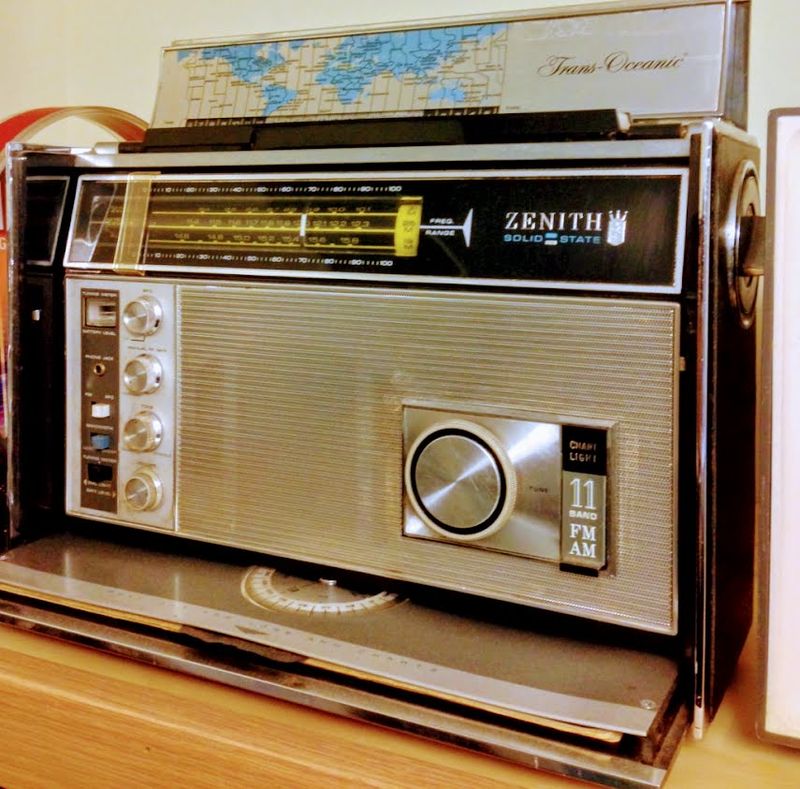
Late at night, I’d huddle under blankets with my shortwave radio, eavesdropping on broadcasts from Moscow, London, and Tokyo. Before the internet made global content accessible, teens tuned into mysterious foreign stations, expanding their worldview through crackling transmissions.
Shortwave listeners developed incredible patience, often spending hours slowly turning dials to find clear signals from distant countries. They learned about ionospheric propagation, antenna design, and radio wave behavior through practical experimentation rather than textbooks.
This hobby fostered global awareness as teens encountered different languages, music styles, and political perspectives directly from their sources. Many shortwave enthusiasts maintained detailed logs of their catches, developing organizational skills and attention to detail.
8. Zine Publishing
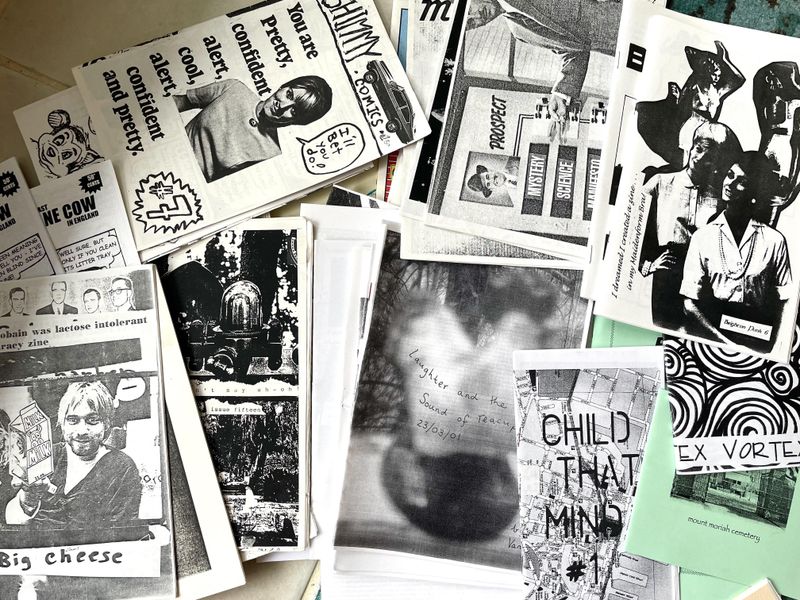
Armed with scissors, glue sticks, and my dad’s office photocopier, I created my first punk rock zine at 15. Before blogs and social media, teens self-published these handmade magazines on every topic imaginable—from music reviews to feminist manifestos to sci-fi stories.
Creating zines taught comprehensive media production skills: writing, editing, layout design, illustration, and physical assembly. Young publishers learned to work within constraints, maximizing creativity despite limited resources and primitive reproduction methods.
The distribution process was equally educational, as teens navigated mail systems, approached local shops, and built networks with other zine creators. This DIY publishing movement fostered entrepreneurship, self-expression, and community building among youth.
9. Macramé Crafting

My first macramé plant hanger was a lopsided disaster, but by the tenth attempt, I was creating intricate patterns that impressed even my craft-skeptic father. This knotting art exploded among 1970s teens, who transformed simple cord into elaborate wall hangings, jewelry, and home décor.
Macramé crafters developed remarkable finger dexterity, spatial reasoning, and pattern recognition. Following complex knotting diagrams required concentration and the ability to visualize three-dimensional structures from two-dimensional instructions.
The craft taught patience and precision—one wrong knot could ruin hours of work. Many macramé enthusiasts discovered they were strengthening mathematical thinking through the geometric patterns and sequential steps required for successful projects. This seemingly simple hobby prepared teens for careers requiring fine motor skills and attention to detail, from surgery to mechanical engineering to textile design.
10. Stamp Collecting
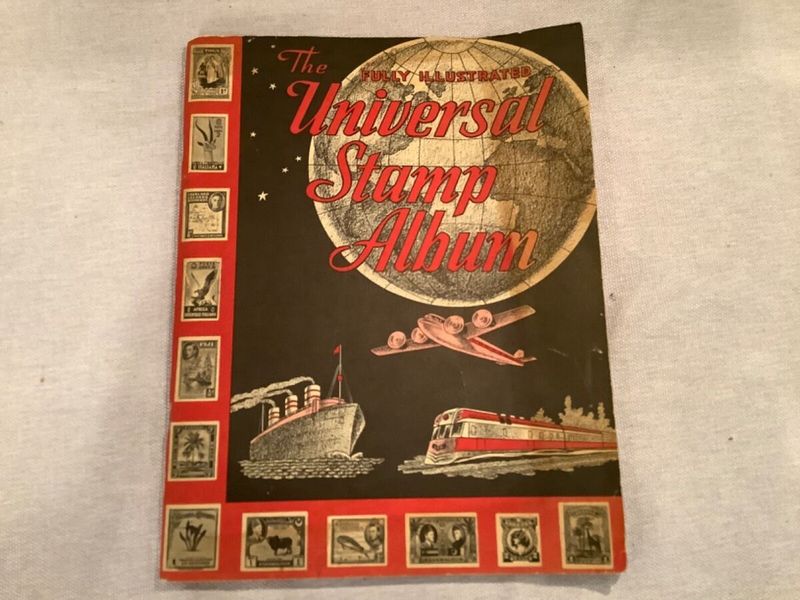
The tiny Madagascan commemorative stamp was my white whale—I traded three duplicates and saved allowance for months to finally add it to my collection! Philately (the fancy name for stamp collecting) was once a passionate pursuit for millions of teens worldwide.
Young collectors developed meticulous organizational systems, learning to categorize stamps by country, year, value, and historical significance. The hobby required gentle handling of delicate items and specialized tools like tongs, magnifying glasses, and mounting hinges.
Beyond the obvious geography lessons, stamp collecting introduced teens to world history, political changes, art styles, and currency systems. Collectors often conducted research about the historical events depicted on stamps, expanding their knowledge far beyond school curricula.
11. Morse Code Mastery
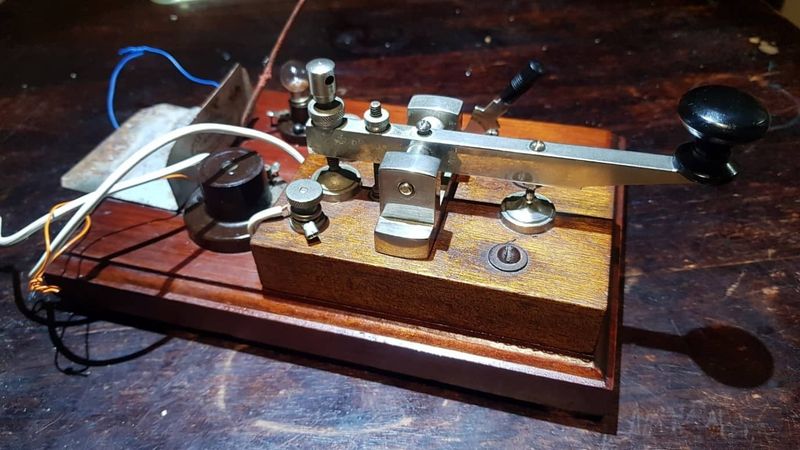
Tap-tap-tap, tap, tap-tap-tap… My grandfather taught me Morse code when I was thirteen, and soon I was sending secret messages to friends using flashlights between our bedroom windows. This binary language of dots and dashes was once an essential skill for radio operators, scouts, and military enthusiasts.
Learning Morse code developed extraordinary auditory processing abilities as teens trained their ears to distinguish subtle timing differences between sounds. The memorization of the code itself strengthened cognitive pathways and pattern recognition skills.
Practicing Morse required focus, rhythm, and consistent timing—qualities that transfer to music, typing, and various technical fields. Many telecommunications specialists, emergency responders, and military personnel developed their earliest communication skills through this seemingly obsolete language.
12. Ventriloquism Practice
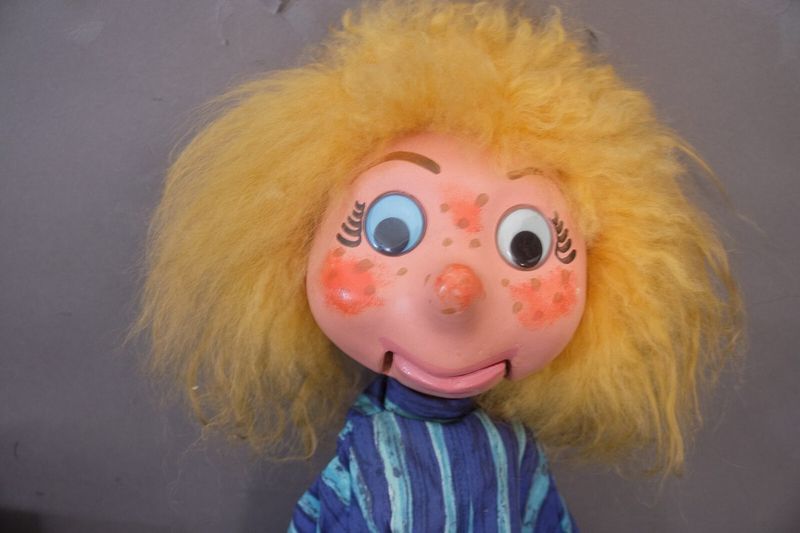
My first dummy had a painted wooden head and floppy cloth body, and learning to make him “talk” without moving my lips took months of bathroom mirror practice. Ventriloquism enjoyed several popularity waves among teens throughout the 20th century, particularly after TV variety shows featured famous practitioners.
Young ventriloquists developed extraordinary control over facial muscles and breathing patterns. The hobby required mastering specific speech techniques—producing certain sounds without visible lip movement and substituting alternative pronunciations for challenging consonants.
Beyond the physical skills, ventriloquism built performance confidence, comedic timing, and character development abilities. Practitioners created distinct personalities and voices for their dummies, essentially writing and performing dual roles simultaneously.
13. Soap Carving
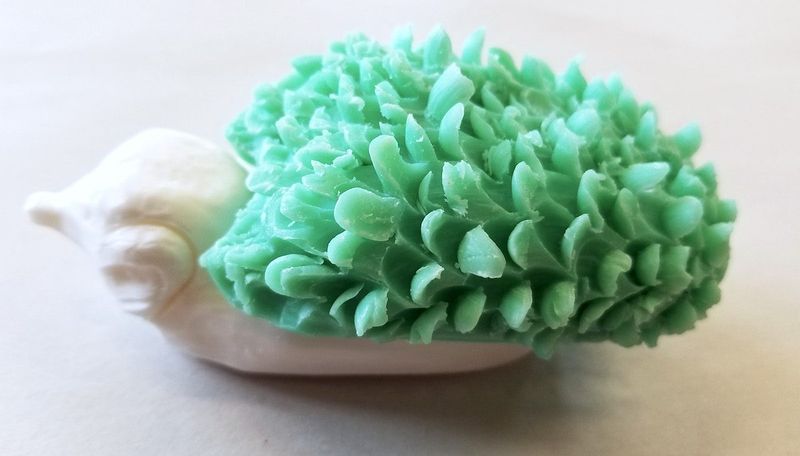
The smell of Ivory soap still brings me back to summer camp, where I spent hours whittling a miniature sailboat that promptly dissolved in the lake. During the Depression and war years, soap carving became wildly popular among teens as an affordable art form requiring minimal materials.
Young carvers developed three-dimensional visualization skills, learning to see potential shapes within a simple rectangular bar. The soft medium taught tool control and proper cutting techniques before advancing to more challenging materials like wood.
This humble craft required planning, patience, and problem-solving when mistakes occurred. Proctor & Gamble even sponsored national soap sculpting competitions that drew thousands of entrants annually during the 1930s and 40s.
14. Letterboxing Adventures
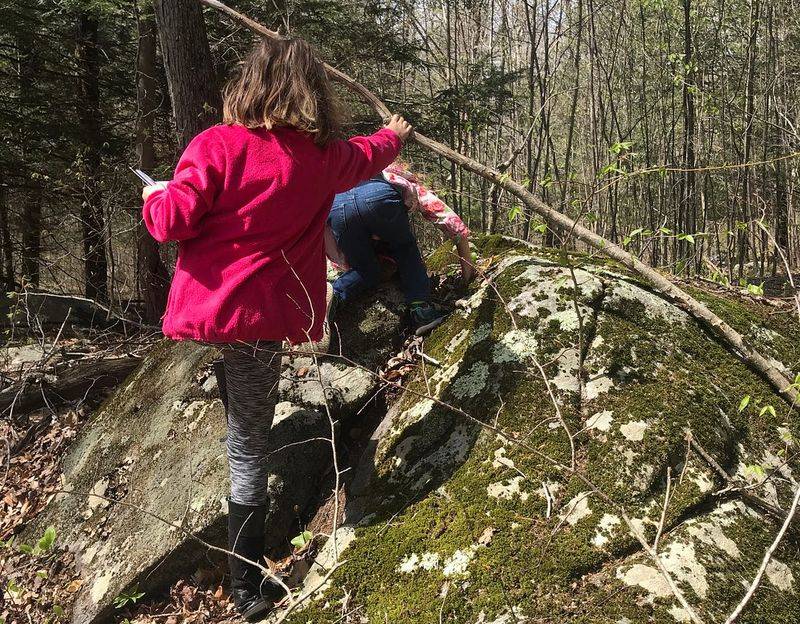
The thrill of finding my first letterbox hidden behind a state park boulder remains one of my favorite teenage memories. Before geocaching went digital, letterboxing sent teens on treasure hunts using only written clues, compass directions, and landmark descriptions.
This hobby combined outdoor exploration, orienteering, and artistic expression. Participants created personal rubber stamps and logbooks, then ventured out to find hidden waterproof containers based on cryptic directional clues shared through newsletters.
Young letterboxers developed map-reading proficiency, deductive reasoning, and environmental awareness as they learned to navigate using natural landmarks. The activity fostered appreciation for local history and geography while requiring physical activity and problem-solving.
15. Pen Pal Correspondence
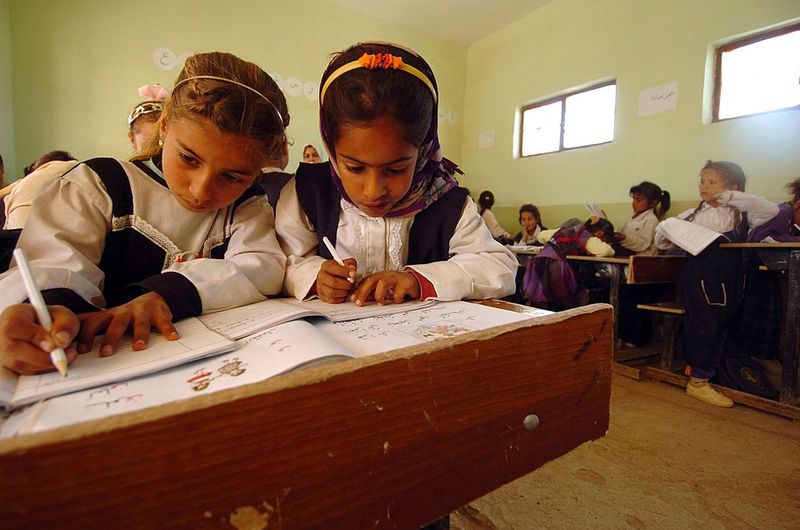
The international mail delivery was painfully slow, but receiving those exotic stamps and different-textured papers from my Japanese pen pal made the wait worthwhile! Before instant messaging, teens around the world connected through handwritten letters, often maintaining correspondences for years.
Regular letter writing developed composition skills, penmanship, and the ability to express thoughts clearly without immediate feedback. Young writers learned cultural sensitivity and how to build relationships across language barriers and geographical distances.
The hobby encouraged global awareness as teens exchanged photos, local news, and cultural artifacts with faraway friends. Many pen pals planned their academic paths specifically to visit their correspondents, leading to language studies, travel opportunities, and international careers.
